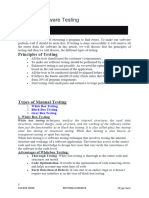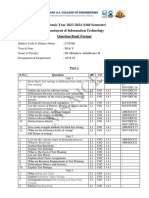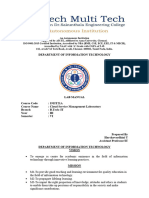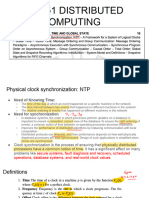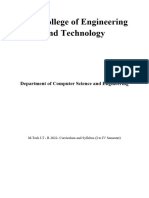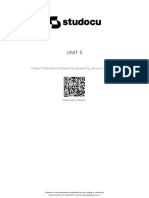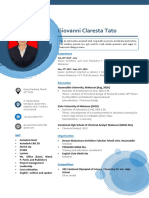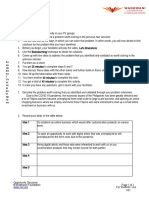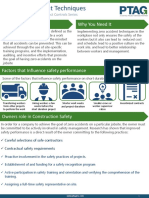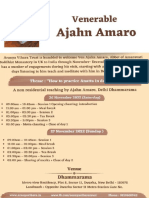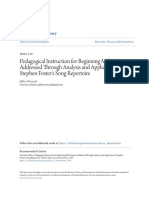0% found this document useful (0 votes)
621 views3 pagesUnit 2 Tester Assignments
Tester assignments involve assigning specific testing tasks, responsibilities, and roles to individual testers within a testing team. Effective assignments are crucial to ensure testing activities are well-organized, thorough, and aligned with project goals. Some key aspects of tester assignments are to clearly define each tester's role, match testers' skills to tasks, and distribute workloads fairly among the team.
Uploaded by
royhamlinjr7Copyright
© © All Rights Reserved
We take content rights seriously. If you suspect this is your content, claim it here.
Available Formats
Download as PDF, TXT or read online on Scribd
0% found this document useful (0 votes)
621 views3 pagesUnit 2 Tester Assignments
Tester assignments involve assigning specific testing tasks, responsibilities, and roles to individual testers within a testing team. Effective assignments are crucial to ensure testing activities are well-organized, thorough, and aligned with project goals. Some key aspects of tester assignments are to clearly define each tester's role, match testers' skills to tasks, and distribute workloads fairly among the team.
Uploaded by
royhamlinjr7Copyright
© © All Rights Reserved
We take content rights seriously. If you suspect this is your content, claim it here.
Available Formats
Download as PDF, TXT or read online on Scribd
/ 3






